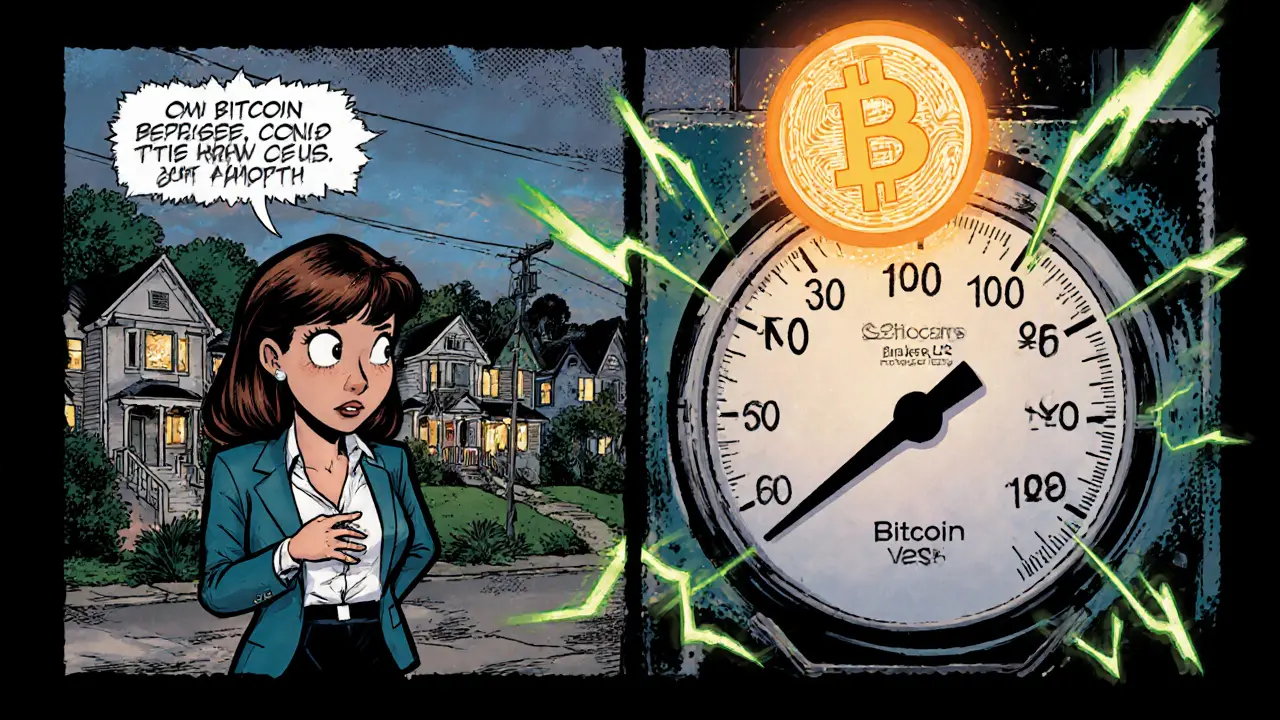Proof of Stake Comparison
When exploring Proof of Stake Comparison, a side‑by‑side look at how different PoS blockchains rank on rewards, security and sustainability. Also known as PoS analysis, it helps investors and developers pick the right network. Key factors include Staking Rewards, the yield you earn for locking tokens, Validator Nodes, the machines that confirm transactions and secure the chain and Energy Efficiency, the amount of electricity the network consumes compared to proof‑of‑work. Proof of stake comparison encompasses reward analysis, requires understanding of validator selection, and is influenced by energy efficiency trends. By mapping these elements you get a clear picture of which chain fits your risk tolerance and profit goals.
Major PoS ecosystems each play a different role. Ethereum 2.0 offers a variable reward model that scales with total ETH staked, while its validator minimum of 32 ETH sets a high entry barrier. Cardano uses a fixed‑percentage reward that rewards smaller delegators, making it attractive for casual investors. Solana pushes ultra‑low fees but relies on a hybrid proof‑of‑history system that still demands fast, well‑connected validator nodes. Polkadot introduces nominated proof‑of‑stake, where nominators back validators and share rewards, adding a layer of community trust. Each network’s energy profile also varies: Ethereum’s shift from PoW slashed its carbon footprint by over 99 %, Cardano runs on a proof‑of‑stake design that consumes under a watt per transaction, Solana’s high‑throughput design stays low‑energy despite speed, and Polkadot’s relay chain inherits the efficiency of its parachain slots. Comparing these aspects shows why some users prefer high‑yield, high‑risk setups (like Solana) while others lean toward steady, low‑risk returns (like Cardano).
Why a Comparison Matters
Choosing the right PoS chain isn’t just about the headline APY. You need to weigh validator uptime requirements, tokenomics, upgrade roadmaps and the likelihood of network congestion. A solid proof of stake comparison helps you answer questions such as: Will my staking amount meet the minimum threshold? How does the network handle slashing penalties? Are the rewards front‑loaded or spread evenly over years? By dissecting these variables you can avoid surprises like unexpected lock‑up periods or sudden fee spikes. Below you’ll find a curated set of articles that dive deeper into specific tokens, airdrop mechanics, exchange reviews and regulatory insights—all of which intersect with the PoS landscape. Use the collection to sharpen your staking strategy, spot emerging opportunities, and keep an eye on how global trends shape the consensus game.




